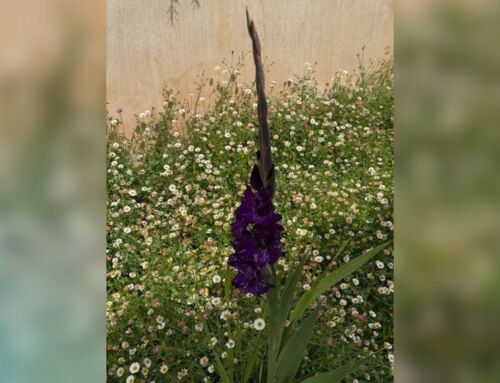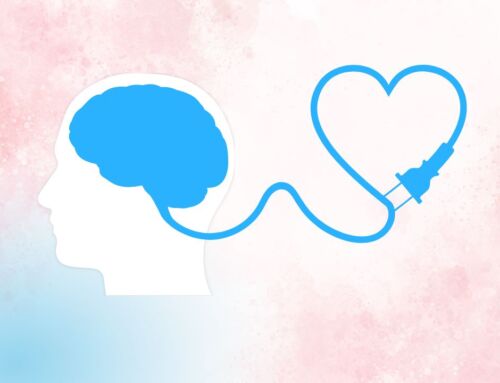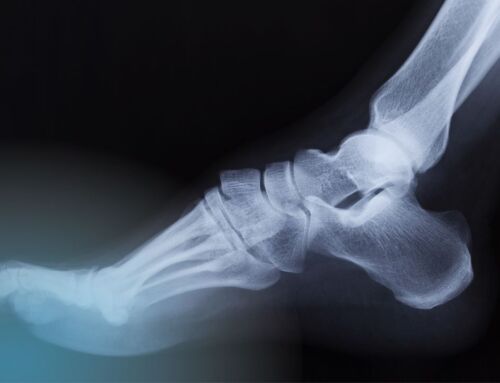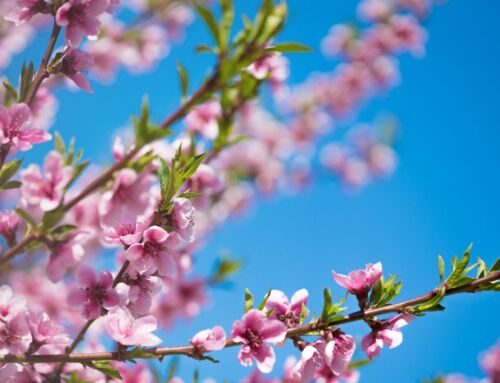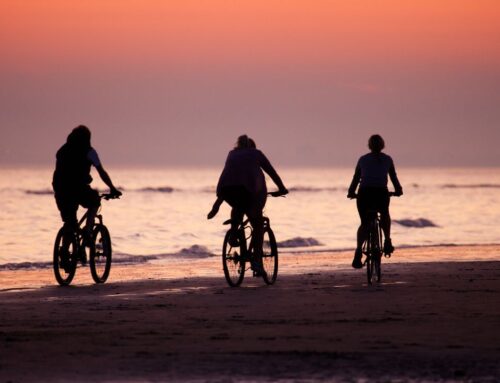When you feel tightness in your chest and find yourself taking shallow breaths or otherwise feel stressed, have you noticed what a difference it makes to pause and breathe deeply? Now think about how you feel even more relaxed when you step outside and take a walk, taking deep breaths as you walk.
Whether you are walking your dog or strolling by yourself, the more you can be out in the fresh air and sunshine, the better you will likely feel. And if you are fortunate enough to be able to walk in a place with abundant greenery, such as a park or forest, you’ll multiply the benefits you get from nature and mindfulness.
April is Stress Awareness Month and Earth Month, and includes Earth Day (April 22). As the weather gets nicer (hopefully no more atmospheric rivers!), let’s consider the benefits of breathing in the goodness of the outdoors.
Journalist Natalia Lusinski recently interviewed me about this topic for an article in The Zoe Report. The article includes all kinds of interesting information on how we can improve our mental, emotional, and physical health in nature.
For instance, I learned about the benefits we get while walking in the woods, including breathing in natural compounds from trees called phytoncides. These essential oils have antibacterial and antifungal qualities that help plants fight disease. When we breathe them in, our bodies increase the number and activity of a type of white blood cell called natural killer cells that help our bodies kill virus-infected cells.
“Shinrin-yoku,” also known as forest bathing, is the practice of immersing ourselves in nature with all our senses, says Dr. Qing Li, author of the bestselling book “Forest Bathing: How Trees Can Help You Find Health and Happiness.”
Forest bathing reduces symptoms of anxiety, depression, anger, stress, and fatigue, Li notes, promoting resilience and calm while reducing stress. No wonder it feels so good to breathe with the trees and the land when we’re outdoors!
Mindfulness comes easily when we are outside in nature. As you slow down and experience nature in the moment, your brain gets a much-needed break from worrying, ruminating, and constantly time traveling to the future or the past.
Here are three ways to enhance the experience that I shared with The Zoe Report:
Get grounded by focusing on the soles of your feet.
As your feet hit the ground, send your attention to them. Feel the rhythm of each step. How do your feet feel? Focusing on your feet and your steps brings you fully into the present moment, breaking the loop of discursive thoughts that might otherwise take over.
Experience your surroundings with all your senses.
Focus on the temperature of the air and feel the breeze where it touches your skin. Notice any smells, and really look at the sights — trees, leaves, flowers, birds, or wildlife. Engage your sense of touch by picking up a rock or leaf, feeling the bark of a tree, or running your fingers through the grass.
Find a “Here and Now” stone.
This can be any stone at all that feels good in the palm of your hand. Feel it and look at it, noticing everything about it. Focusing on your favorite rock can help you bring you back to the present and break out of unhelpful thought patterns.
When it’s time to go back indoors or on to your next task, you can recall the moments that stood out from your time in nature when you need an infusion of peace and joy.
By immersing ourselves in nature and in the moment, we create new neural pathways in our brains, rewiring them for more happiness and resilience.
One of the things I love most about forest bathing or just being outside is the sense of connection and continuity I get in nature. There’s a sense of peace that comes from knowing the world around us was here long before we arrived, and will endure long after we leave this planet.
As nice as it is to get outdoors and be surrounded by nature, sometimes we have no choice but to stay indoors, as some of us had to do with last month’s heavy rains here in California. But there’s something we can do anytime, anywhere, to reset ourselves for less stress and more calm — breathe! And guess what? April 11 is designated World Breathing Day by the International Breathwork Foundation. This year’s theme is “Breathe Peace!”
Focusing on our breathing is an indispensable tool to reset our nervous system when we are feeling uneasy, worried, agitated, or stressed. It’s a surefire way to move yourself from flight-or-fight to tend-and-befriend.
When you breathe deeply and exhale slowly, your heart rate, blood pressure, and whole system will slow down. Try breathing in for four counts, holding a second, and then breathing out for six counts. Or you can try one of these fun breathing techniques my daughter Danielle shares in this video.
Whatever kind of breathing you do, you can enhance your sense of peace and well-being with gratitude. Think about the sights, sounds, smells, and textures you experienced on your last walk in nature. Your Here and Now Stone can help remind you. Or envision any experience, person, place, or pet that brings you joy as you breathe deeply, bathing yourself in the goodness of the moment. “Where your attention goes, your energy flows, and neural pathways will grow,” is one of my favorite quotes by Dan Siegel, M.D. — I can imagine happy bridges being wired in my brain.
Rick Hanson, Ph.D., bestselling author of “Hardwiring Happiness,” “Resilience,” and many other fabulous books, coined the term “Taking in the Good” to explain how we can recognize or create these beneficial states by noticing joy and then absorbing it and enriching it. When we do this, the neural state of happiness actually fires together and wires together creating neural traits — my happy bridge visualization! I loved every minute of the Positive Neuroplasticity Professional training which allows me to teach his important work.
So this month, breathe in the earth, absorb it and enrich it to help your body on a cellular level, and your brain on a neural level, to improve your mental, emotional, and physical health in nature.



